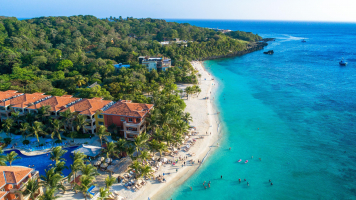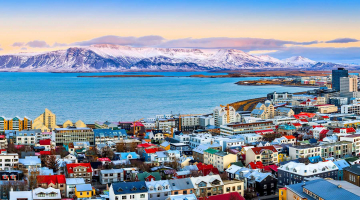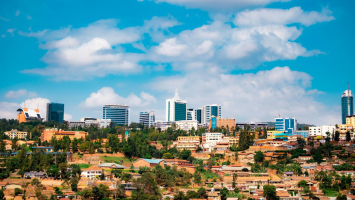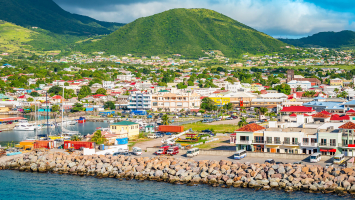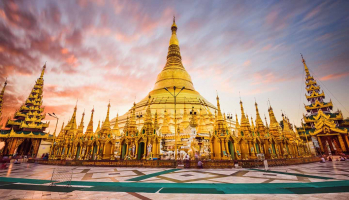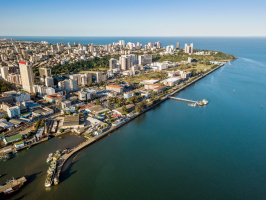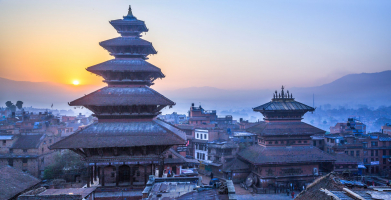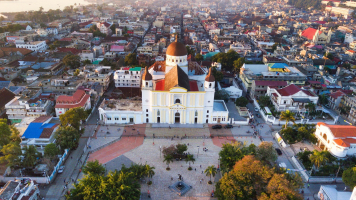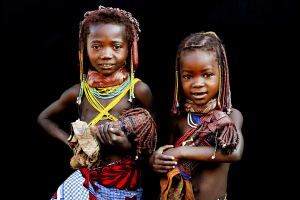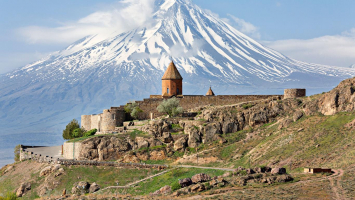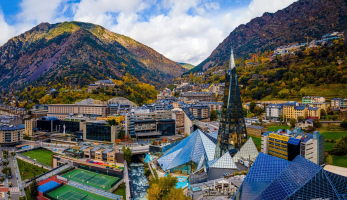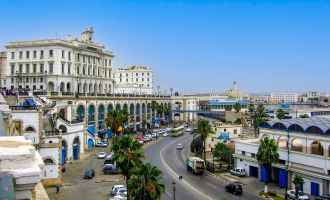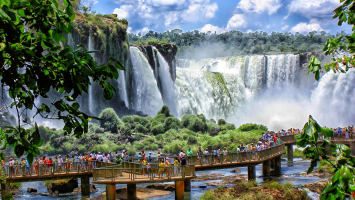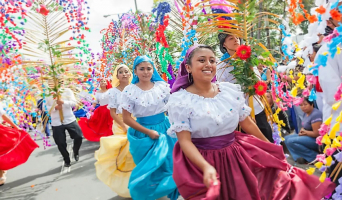Top 10 Unique Cultural Characteristics In Hungary
Hungary is a landlocked country in central Europe with a rich cultural heritage. Throughout history, Hungarians have struggled to create their own voice and ... read more...identity while under the rule of numerous forces. Today, Hungarians have a distinct identity, which is often shown in their pride in cuisine, high standards of hospitality, language, and other traditions and rituals that are unique to Hungary (hungarikum). Here are some of the unique cultural characteristics of Hungary that you can learn more about.
-
The official and most widely spoken language is Hungarian. Hungarian is a Uralic language that is spoken in Hungary as well as parts of many neighboring countries. It is the official language of Hungary and one of the European Union's 24 official languages. Outside of Hungary, Hungarians live in southern Slovakia, western Ukraine, central and western Romania, northern Serbia, northern Croatia, northeastern Slovenia, and eastern Austria. English and German are the most widely spoken foreign languages in Hungary, however there are other recognized minority languages.
Hungarian is also spoken by Hungarian diaspora communities throughout the world, mainly in North America (primarily the United States and Canada) and Israel. It is the Uralic family's most populous member, with 13 million speakers.
Since the 13th century AD, the language has been written in a modified Latin alphabet, and its orthography was solidified with the arrival of printing in the 16th century. Hungarian orthography is distinguished by the acute accent (ó) denoting long vowels, which is doubled in the case of long front rounded vowels () and by unique representations for sibilant sounds.

https://hungarytoday.hu/ 
https://www.bbc.com/ -
Since the state's founding in the 11th century, forms of Christianity have dominated religion in Hungary. In modern Hungary, there is no official religion. While the constitution "recognizes Christianity's nation-building role," religious freedom is declared a fundamental right in Hungary. This is consistent with the historical tradition that gave rise to the state. Hungary's historical foundation was built on Christianity, which was declared the national religion by King St. Stephen. Over the last millennium, the percentage of Christians has dropped from nearly all of the population to around three-fifths today. With the emergence of modern thinking, many people, particularly the younger generation, have begun to identify as atheists, agnostics, or outright unaffiliated.
Many Christians have switched from Roman Catholicism to the Reformed Church of Hungary. The Protestant Reformation began in the 16th century, when Lutheranism and then Calvinism swept across the population. The Reformed Church, along with numerous other minor Protestant Christian denominations, accounts for around 13.8% of Hungary's total population.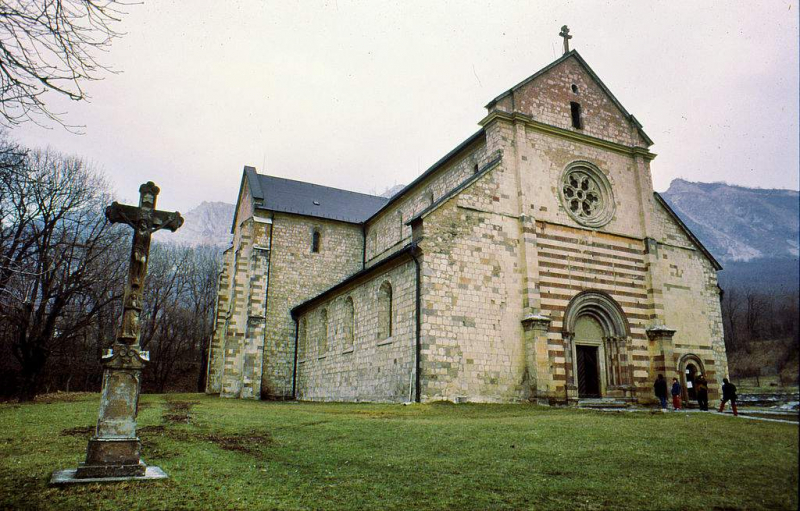
https://dailynewshungary.com/ 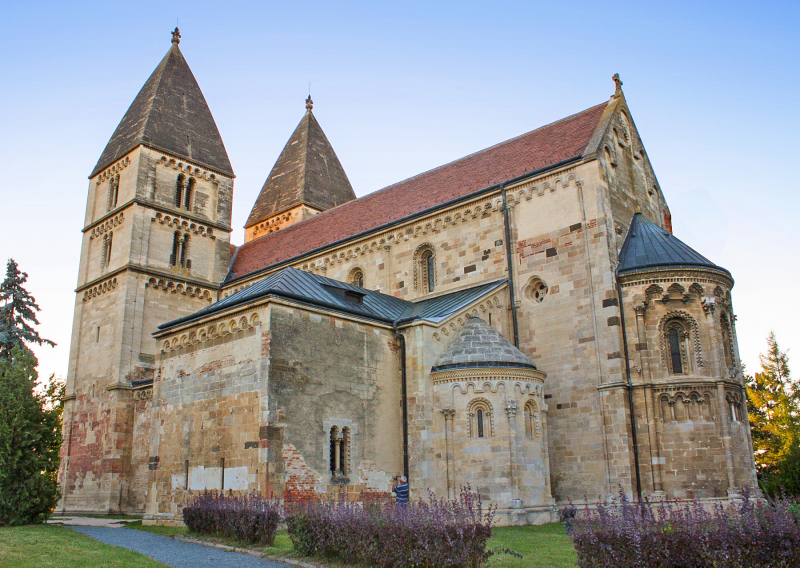
https://hungarytoday.hu/ -
Hungarian literature is the body of literary works predominantly created in Hungarian, but may also contain works written in other languages (usually Latin) produced by Hungarians or dealing with issues closely related to Hungarian culture. This can be seen as one of the Unique Cultural Characteristics In Hungary. While it was less well-known in the English-speaking world for centuries, Hungary's literature rose to prominence in the nineteenth and twentieth centuries, thanks to a new generation of internationally accessible writers such as Mór Jókai, Antal Szerb, Sándor Márai, Imre Kertész, and Magda Szabó.
György Bessenyei's efforts revitalized Hungarian literature in the last quarter of the same century, while Ferenc Kazinczy led a Hungarian language reform. The foundation of a national theater, as well as the establishment of the Hungarian Academy of Science in 1825, ensured the development of a national literature. The poets Károly Kisfaludy, his brother Sándor, János Arany, Mihály Vörösmarty, and Sándor Petfi, as well as the writer Mór Jókai, were the prominent literary figures in the nineteenth century. Endre Ady and Attila József were notable poets of the early twentieth century, and the dramatists Ferenc Herczeg and Ferenc Molnár attained international acclaim.
Between the two World Wars, novelists were divided into three groups: Horthy regime defenders, Populists seeking to ameliorate the situation of peasants, and Communists. The October 1956 insurrection, which included a number of notable writers, was followed by a gradual loosening of censorship; censorship ended with the fall of the Communist administration.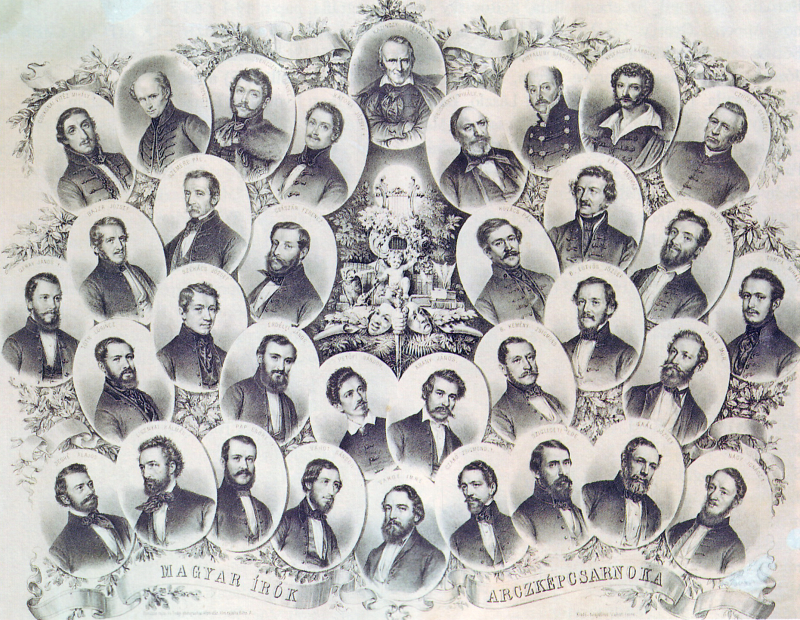
https://en.wikipedia.org/ 
https://www.realsimple.com/ -
It can be considered as one of the Unique Cultural Characteristics In Hungary. Hungary has made several contributions to folk, popular, and classical music. Hungarian folk music is an important component of Hungarian culture and continues to play an important role in Hungarian music. It is also prevalent in the Szabolcs-Szatmár region and in the southwest of Transdanubia. The Busójárás carnival in Mohács is a prominent Hungarian folk music event that used to feature the well-known and respected Bogyiszló ensemble.
Hungarian classical music has long been described as a "attempt made from Hungarian ancestors and on Hungarian soil to develop a conscious musical culture of folk song." Although the Hungarian upper class has long had cultural and political ties with the rest of Europe, resulting in an influx of European musical ideas, rural peasants maintained their own traditions to the point where by the end of the nineteenth century, Hungarian composers could draw on rural peasant music to (re)create a Hungarian classical style.
During Hungary's Communist era (1949-1989), a Song Committee scoured and controlled popular music for subversive and ideological impurity. However, the Hungarian music business has begun to recover since then, producing successful jazz performers. The three Hungarian rock titans, Illés, Metró, and Omega, are still very popular, especially Omega, who has fans in Germany and beyond as well as in Hungary. Veteran underground bands from the 1980s, such as Beatrice, are still popular.
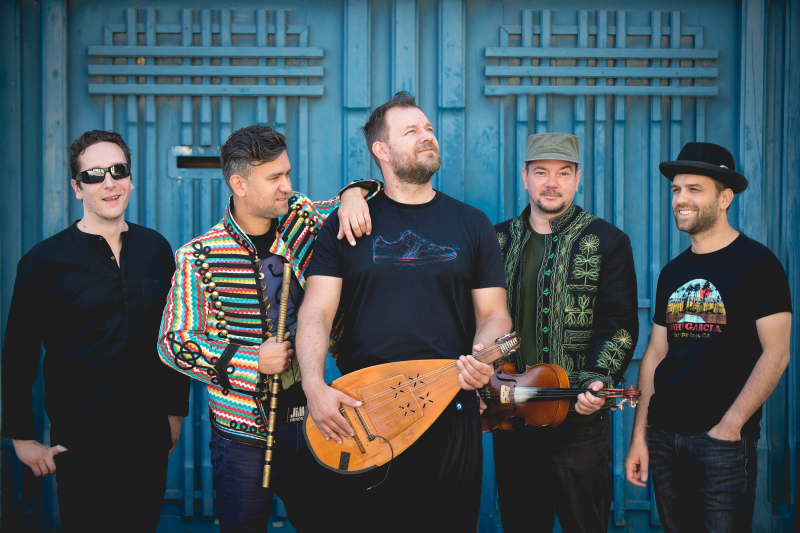
https://www.dailysabah.com/ 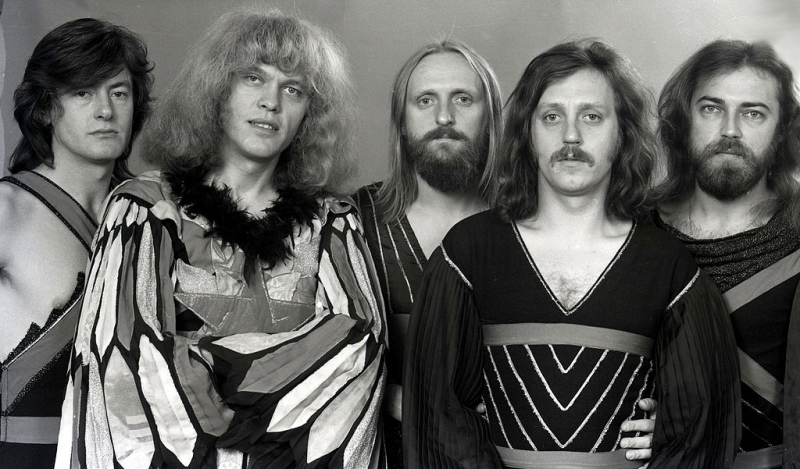
https://howtolearnhungarian.com/ -
The architecture of Hungary is defined as the architecture of the land of the country of Hungary, and, more broadly, of the Kingdom of Hungary, from the conquest to the current day. Hungary is home to the largest synagogue in Europe (Great Synagogue), the largest medicinal bath in Europe (Széchenyi Medicinal Bath), the third-largest church in Europe (Esztergom Basilica), the world's second-largest territorial abbey (Pannonhalma Archabbey), the world's second-largest Baroque castle (Gödöll), and the largest Myles Necropolis outside Italy (Pécs).
The Hungarian invasion of the Carpathian Basin established a country's architectural history. The Migration Period did not totally demolish the Roman province's roads and cities, but rather developed new communities on them. The Roman structures were converted into mines and houses. The churches of the Slavic peoples that were converted to Christianity, as well as Zalavár's, survived.
The Anjou rulers laid the groundwork for Visegrád's Citadel and Royal Palace. After Sigismund, Holy Roman Emperor, a direct link was constructed between the Fresh Palace construction and the royal center in Prague. Sigismund constructed the new wing of the Fresh Palace as well as the Tower of Bones that rises above the city.
Hungary's Baroque art has long coexisted with the late Renaissance. It arrived with European currents and was initially established in literature after the work of Péter Pázmány. The Classicist form of a specific national variation dominated Hungarian architecture in the first half of the nineteenth century. In this manner, the emerging national consciousness took shape. Ferenc Kazinczy's work has expanded and established a popular tablet style.
As contemporaries, the new generation of architects growing up in the special socioeconomic conditions of the period following the Hungarian Revolution of 1956 of university students, young instructors, and practicing architects lived together the constantly changing events of socioeconomic and technical, artistic, and architectural events. As a result, they became "a representation of the Hungarian creative architecture generation" at the end of the twentieth century, bridging the gap between the earlier pioneers and the new ones coming after them.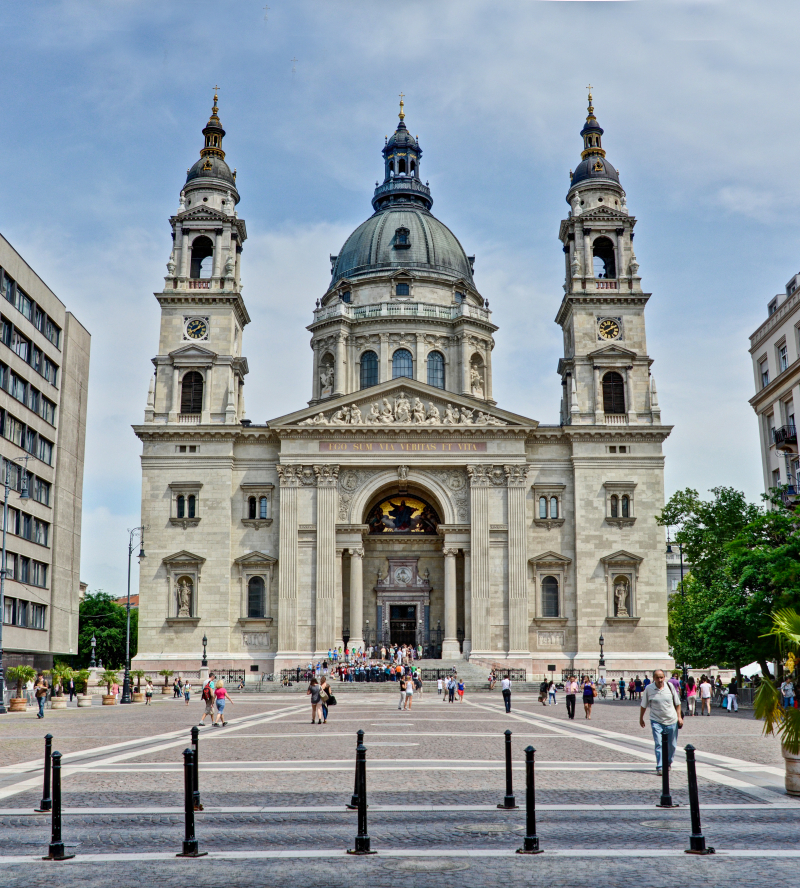
https://edition.cnn.com/ 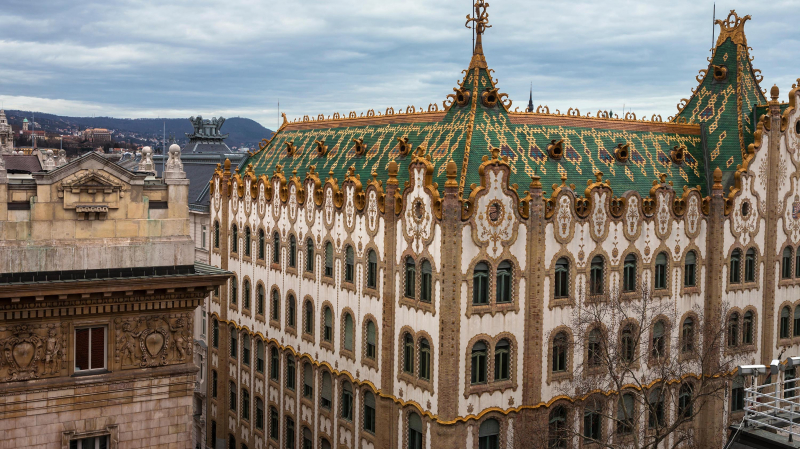
https://edition.cnn.com/ -
Hungary is known for its hot springs. This is one of the Unique Cultural Characteristics In Hungary. From the beginning, a fondness for spa culture and Hungarian history have been linked. Hungarian spa culture has been demonstrated to be cosmopolitan. This claim is founded on architecture: Architectural elements from Roman, Greek, Turkish, and northern European countries can be found in Hungarian spas. Thermal water of high quality and abundance can be found on more than 80% of Hungary's area due to its fortunate geographical location.
During the Turkish invasion, the spa culture was resurrected; the Turks used the thermal springs of Buda to build a number of bathhouses, some of which are still operational. Hungary is a land of thermal water. Spa culture and Hungarian history have always been linked. It has been demonstrated that Hungarian spa culture is cosmopolitan. This claim is supported by architecture: Hungarian spas incorporate Roman, Greek, Turkish, and northern rural architectural characteristics. Thermal water of high quality and in large amounts can be found across more than 80% of Hungary's area due to its excellent geographical location.
Budapest's spa tradition dates back nearly 2,000 years. Among the world's capitals, Budapest boasts the most abundant supply of thermal water. In Hungary, there are over 450 public baths. Nowadays, bath operators are updating their facilities and expanding the services they provide. In total, 50 of the country's 450 public baths are designated as spas. Services for healing are available. These spas offer a wide range of balneal and physical therapies.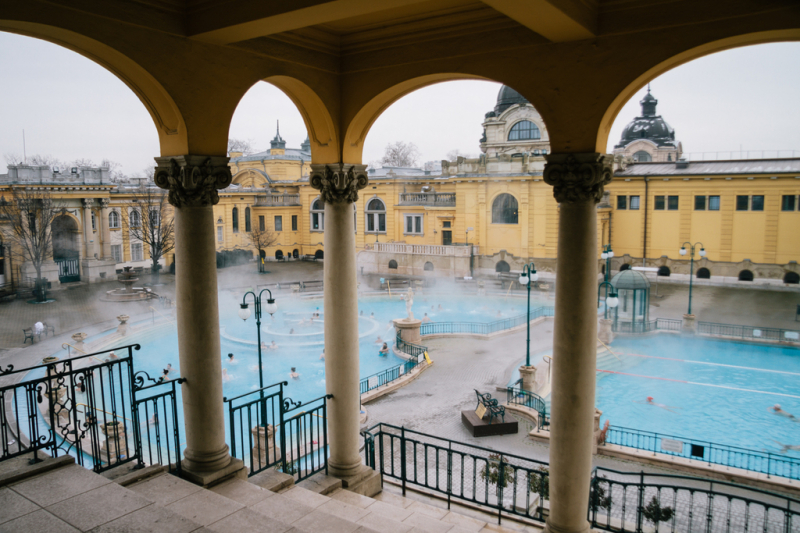
https://theculturetrip.com/ 
https://www.thecommonwanderer.com/ -
Round dances (karikázó); jumping dances (ugrós); men's dances (legényes); slow and quick couples dances (csárdás); and stick dances (botoló), which are remains of weapon dances, are the five basic styles of traditional dance found across the Carpathian Basin. Each of these five main dance forms is unique to its geographical region. The dances of the Danube and Tisza rivers, for example, are simpler and more cheerful than the more intricate dances of Transylvania (Romania).
Because solo and pair dances are often freeform, there are several opportunities for individual improvisation. This distinguishes Hungarian dance culture from that of Western Europe and the Balkans, and it is responsible for its enormous richness. Dancers in couples dances may use a number of components, sometimes in an arbitrary sequence, such as dancing in separate formations, the man's virtuosic solo, the romantic chase game, closed couple spins, slow stroll followed by complicated foot patterns, and the woman's whirling under the man's arm. Solo men's dances are distinguished by technical skill and a diverse repertoire of motifs that show the dancer's uniqueness.
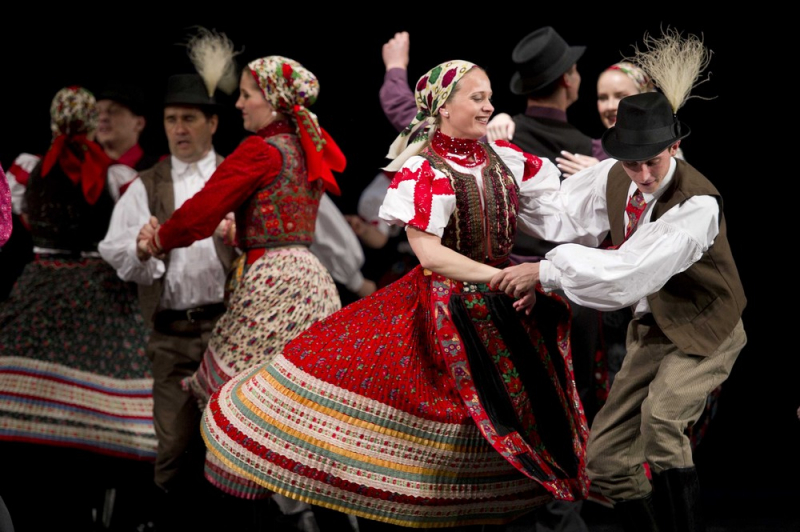
https://hungarytoday.hu/ 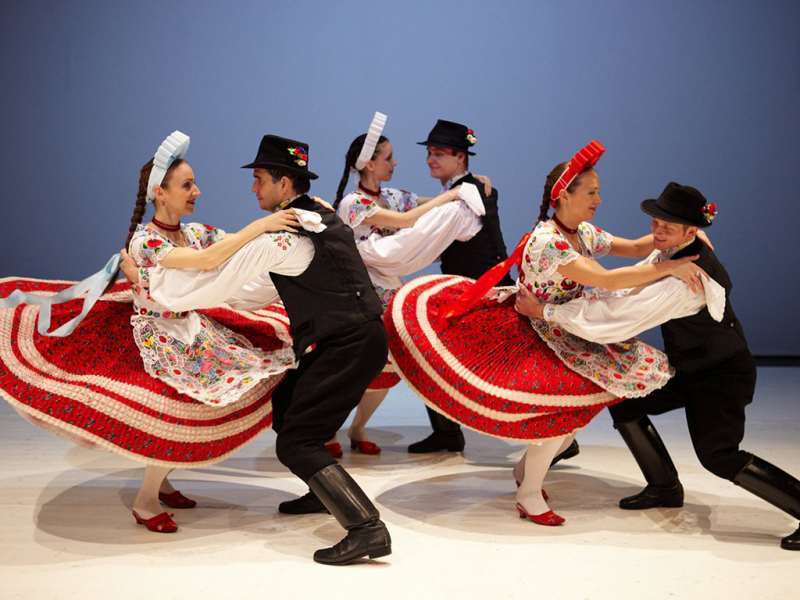
https://edtourshungary.com/ -
The current form of Hungarian folk art emerged in the early 18th century, integrating both Renaissance and Baroque features, depending on location, as well as Persian Sassanian influences. The main decorative themes are flowers and foliage, occasionally a bird or a spiral decoration. The most common decoration is a flower with a centerpiece that resembles the eye of a peacock's feather. Almost all forms of folk art practiced elsewhere in Europe flourished among the Magyar peasantry at some point, with ceramics and textiles being the most developed.
Embroideries, which vary from place to region, are the finest achievements in their textile arts. Those of Kalotaszeg in Transylvania are attractive Oriental-style items made primarily in a single hue - red, blue, or black. The embroideries are soft in line and are used on altar cloths, pillow coverings, and sheets. This is one of the Unique Cultural Characteristics In Hungary that you should know.
At Hungary, the best embroideries are made in Sárköz (a historical area in Tolna) in Transdanubia and Matyóföld in the Great Hungarian Plain. Women's headgear in the Sárköz region have black and white motifs as fine as lace, demonstrating the people's beautifully exquisite artistic feeling. The needlework motifs used on women's clothing have been adapted for usage as wall decorations on tablecloths and runners.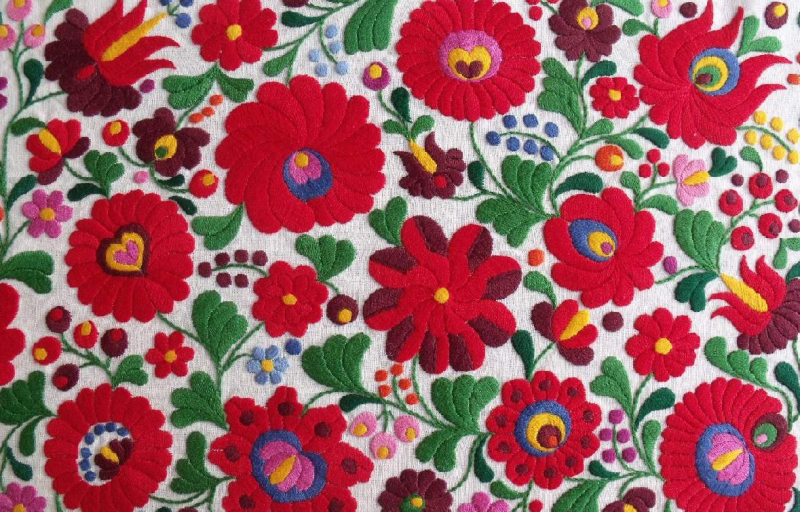
https://dailynewshungary.com/ 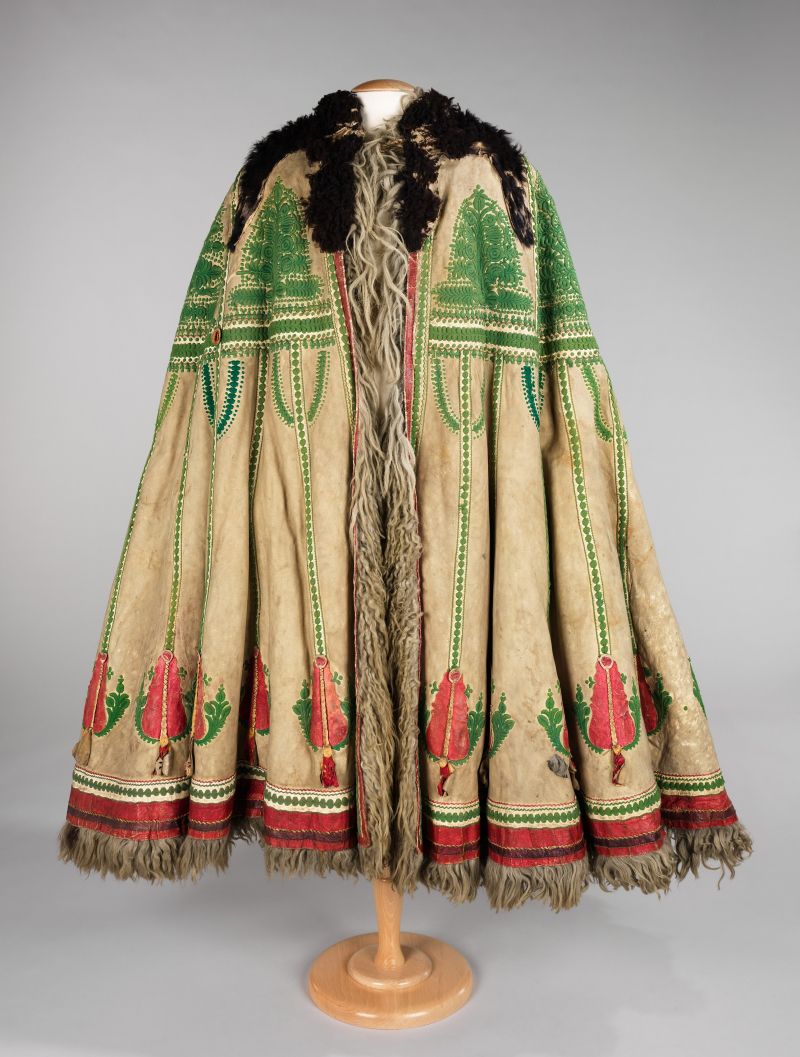
https://www.metmuseum.org/ -
Hungary's traditional costume is quite diversified; it differs from the other Eastern European national clothing. The Hungarian traditional costume incorporates several Renaissance and Baroque elements. The vibrant Hungarian traditional dress incorporates various European and Slavic elements that are frequently associated with French, Spanish, Ukrainian, and Russian cultures. However, before the early twentieth century, Hungary's folk costume was simpler and had fewer ornamentation. Colorful threads were added to the patterns and the amount of needlework was expanded only in the 1930s. Locals rarely wear Hungarian folk attire nowadays. Nonetheless, it is distinct and exceptional.
Traditional Hungarian men's attire comprises embroidered shirts, floppy hats, and pants tucked into leather boots. Hungary's national costume for ladies consists of a white shirt, a vivid flower printed skirt, a richly designed white apron, and a head covering item.
Ethnography employs the concept of everyday and celebratory costumes, as well as the entire system of dressing. This system differs across smaller and larger regions, each with its own set of local folk costumes that define the place. When it comes to Hungarian folk costume, there are four major locations to consider: Transdanubia, Uplands, Great Hungarian Plain, and Transylvania. Some of the lands with distinctive costumes can be found along the Galga, including Kalotaszeg, Kalocsa, Lóc, Matyó Land, Hosszhetény, Hollók, Kazár, Ormánság, Sárköz, Szekler Land, Torockó, and Püspökbogád.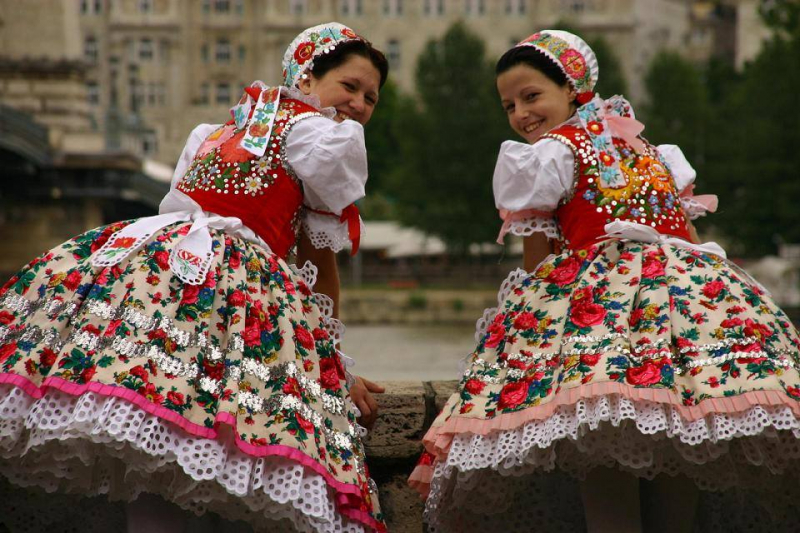
https://dailynewshungary.com/ 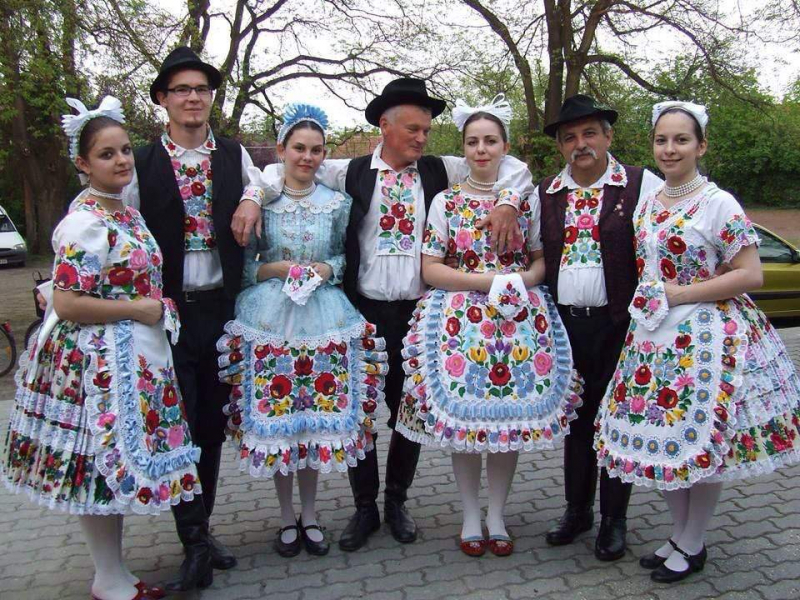
https://aminoapps.com/ -
Hungary has a strong football history, filled with victories and awards. Three Olympic gold are among them, as are numerous runner-up finishes in the FIFA World Cup and the UEFA European Football Championship.
Ferenc Puskas, the top goalscorer of the twentieth century, was a member of Hungary's 'golden team' in the 1950s. In fact, FIFA named their most recent prize after him, the Puskas Award. The team also holds the record for the greatest winning streak in football history, going unbeaten in 31 games over a four-year period, including "The Match of the Century" against England, which caused them to revamp their training and gameplay. In addition, Hungary hosted the 2010 UEFA Futsal Championship in Debrecen and Budapest.
Hungarians are also well-known for their abilities in water sports, particularly swimming, water polo, and canoeing. Hungary has historically produced some of the world's top sabre fencing athletes. From the mid-1940s through the mid-1960s, Hungary's national basketball team was one of Europe's great basketball forces, winning multiple medals at the European Basketball Championship and frequently qualifying for the Summer Olympics.
https://dailynewshungary.com/ 
https://www.kevmrc.com/












